Description
Go deeper by also purchasing the Ecosystems Notebook, extension activities perfect for the student who enjoys drawing and sketching.
From producers and consumers to populations and communities, this unit explores the many parts of an ecosystem and how they work together. It starts with an explanation of an ecosystem, using Yellowstone National Park and Monterey Bay as examples. It explains community and populations and then moves on to producers, primary consumers, secondary consumers, tertiary consumers, and decomposers. It looks at the energy, or trophic, pyramid, and looks at several food webs to see it all in action. It also explores endangered plants and animals, invasive species, and the big effect small actions can sometimes have, for good or bad. A multitude of illustrations make these concepts accessible and easier to understand.
At the end of the unit, students can review 17 vocabulary words, label an ecosystem and an energy pyramid, and enjoy a review activity. Students can also personalize the book by coloring the illustrations if desired. Answer keys are provided. 21 pages total. Ages 8-13.
All measurements are given in both English and metric. This title does not discuss origins or the age of the earth. If you would like to explore the topics in this book from a Creation science worldview, free downloadable discussion helps are available.

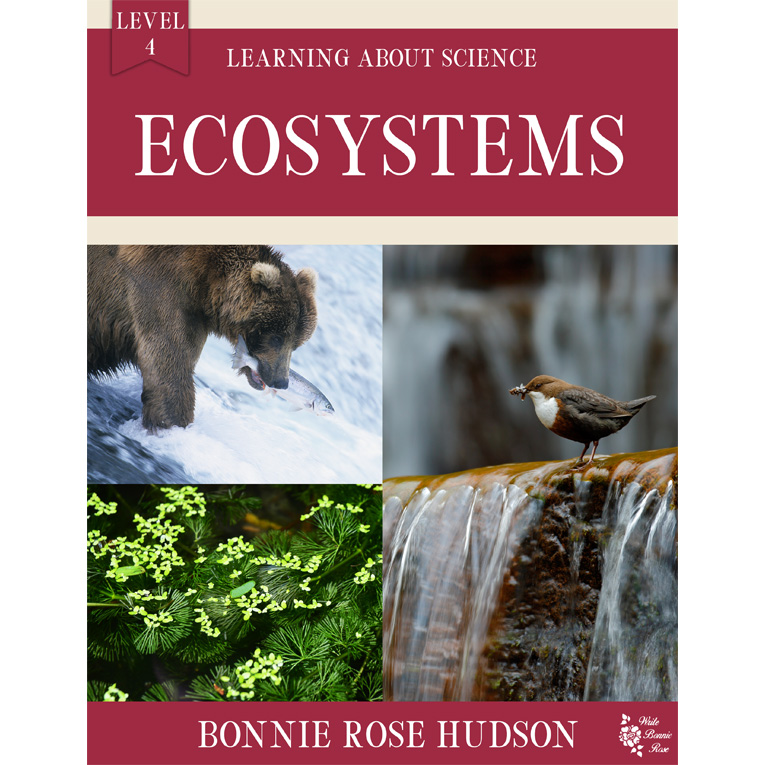
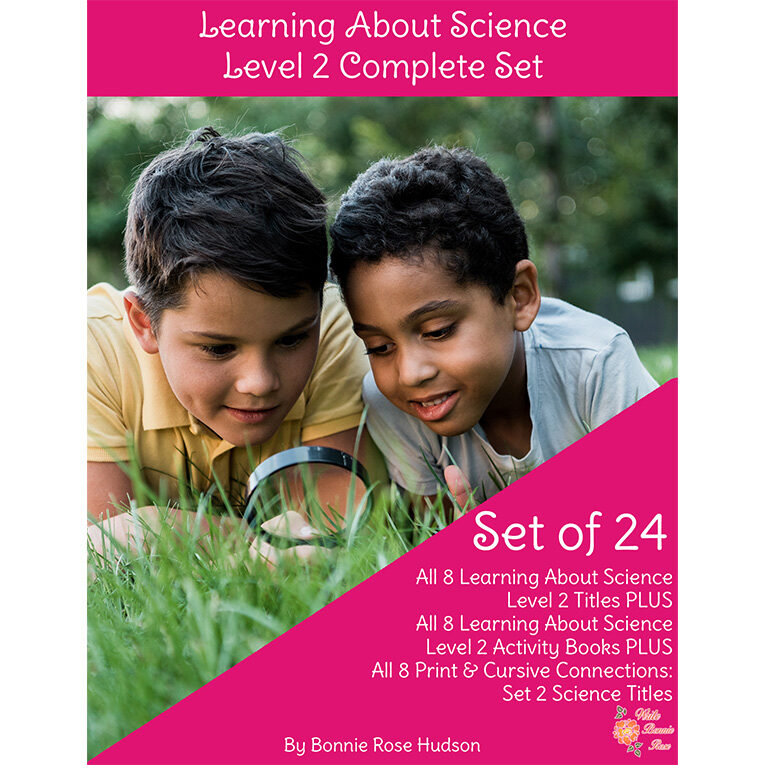
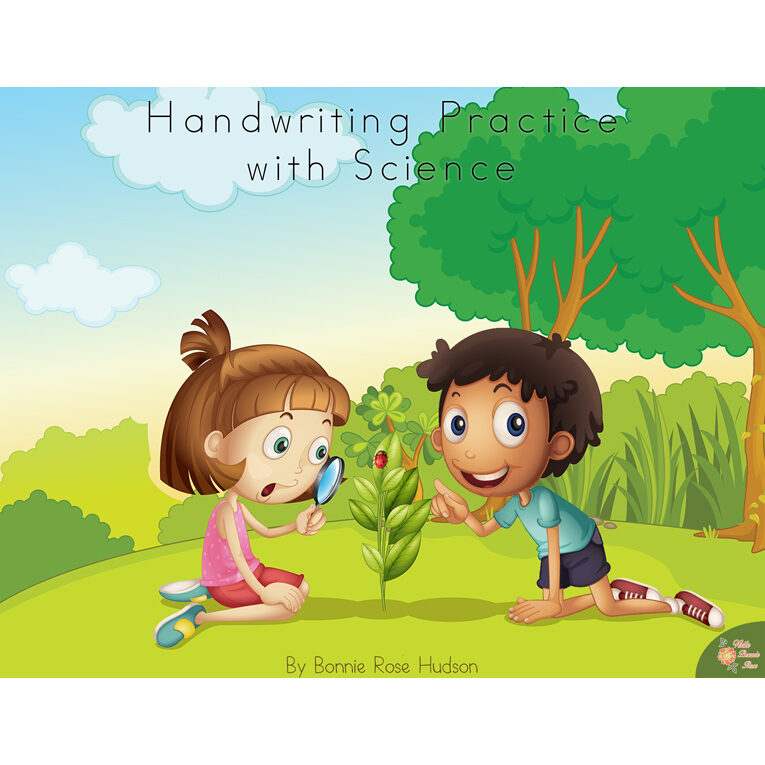
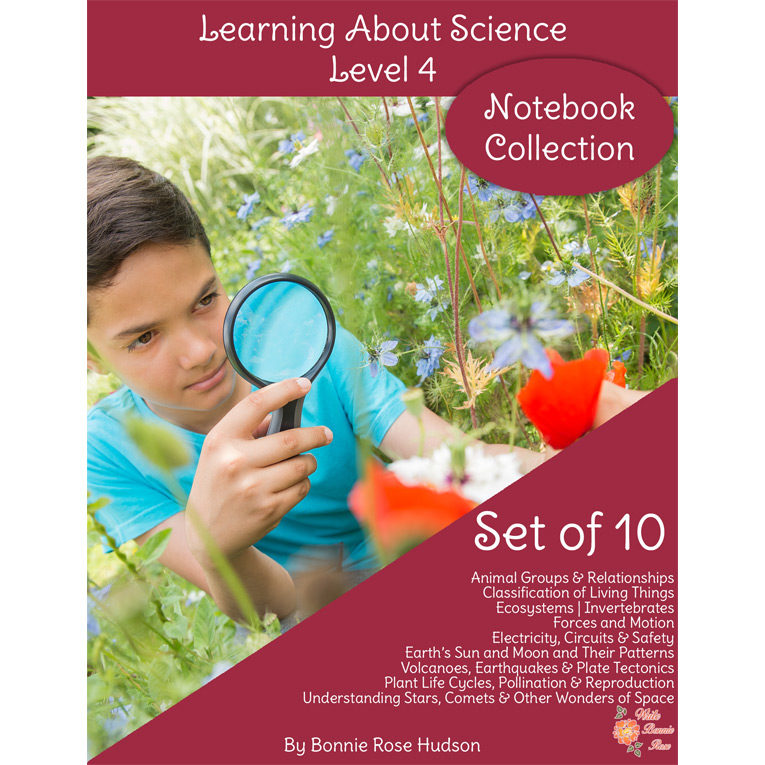
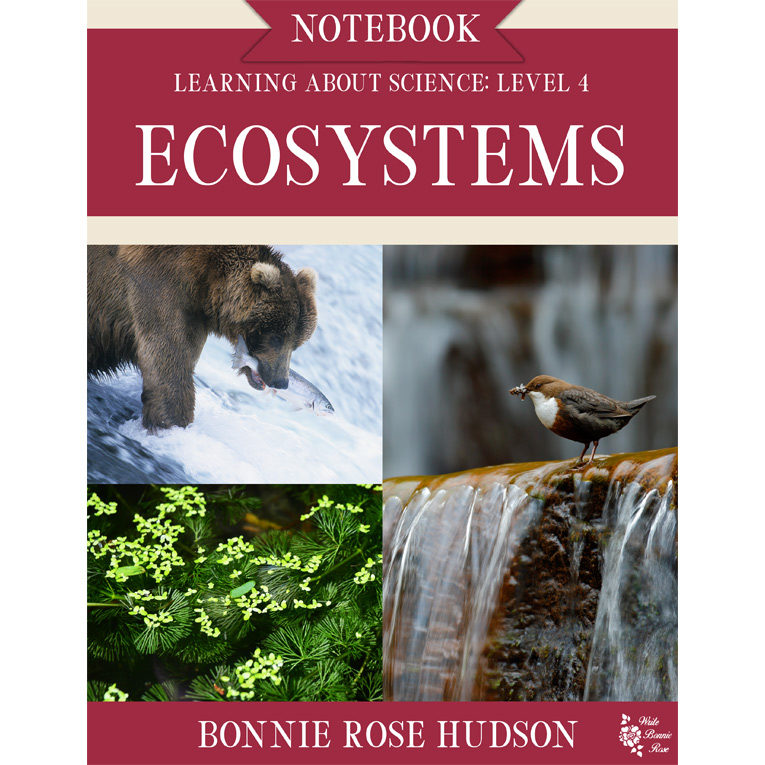
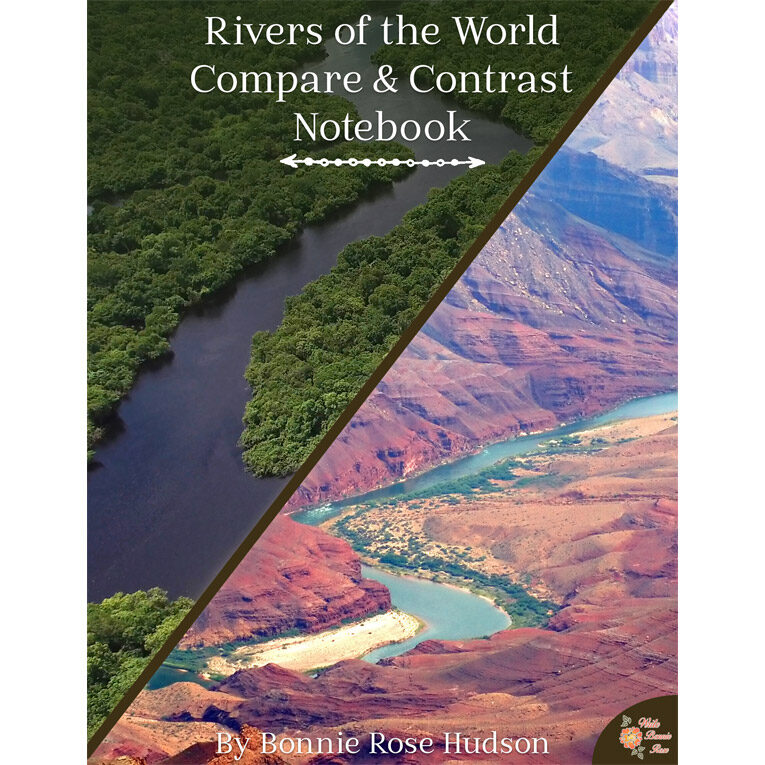
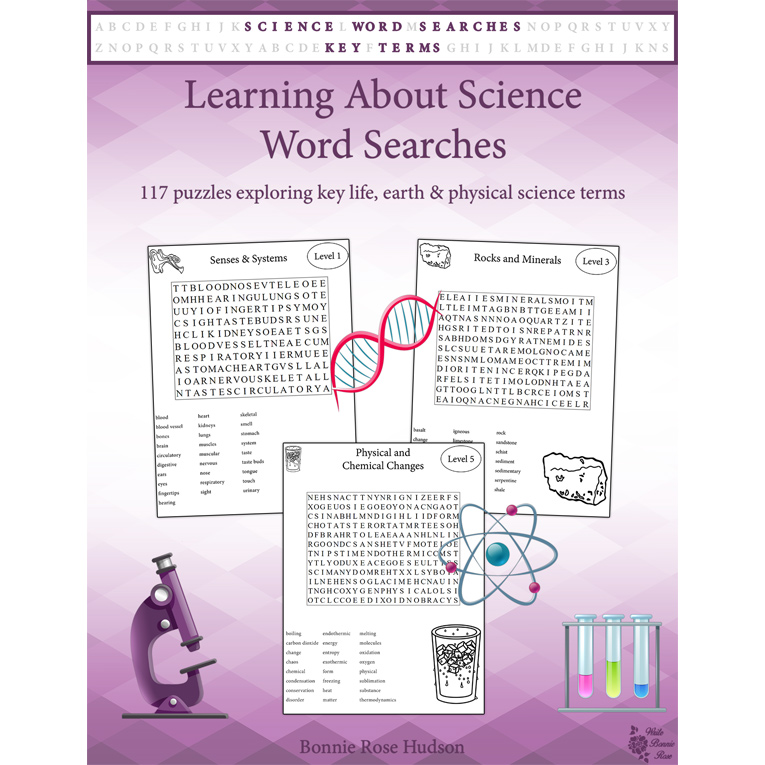
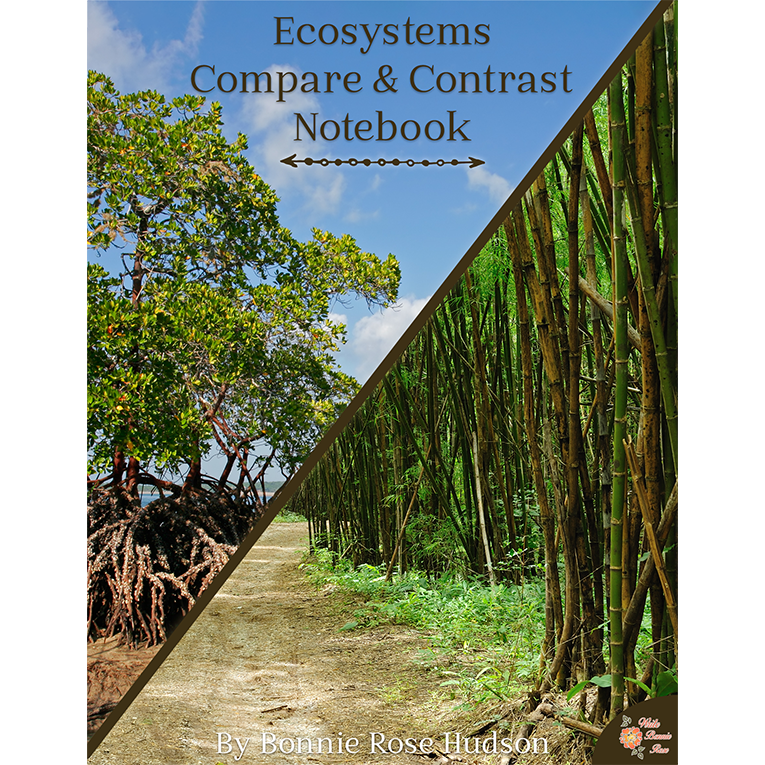
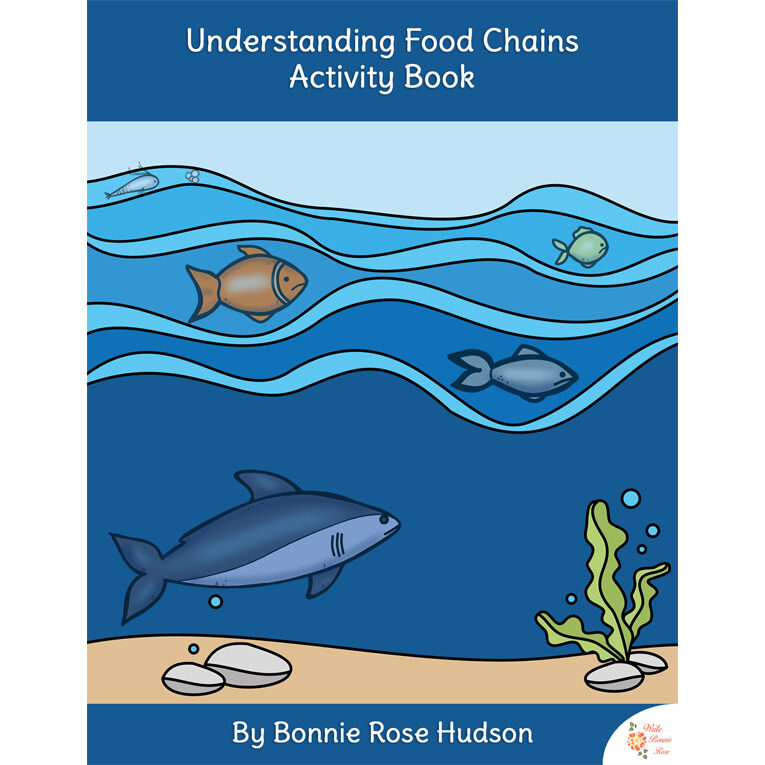
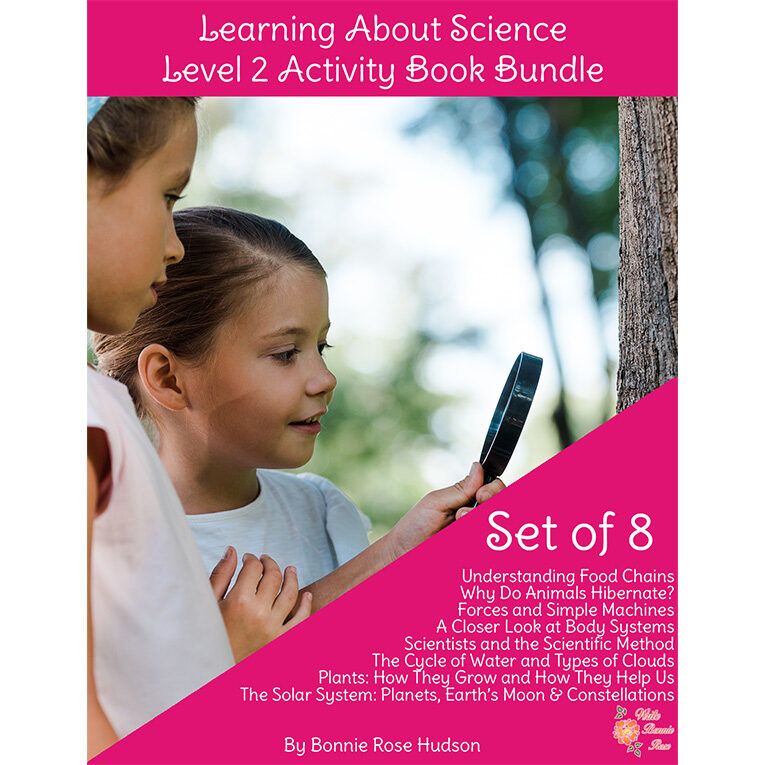
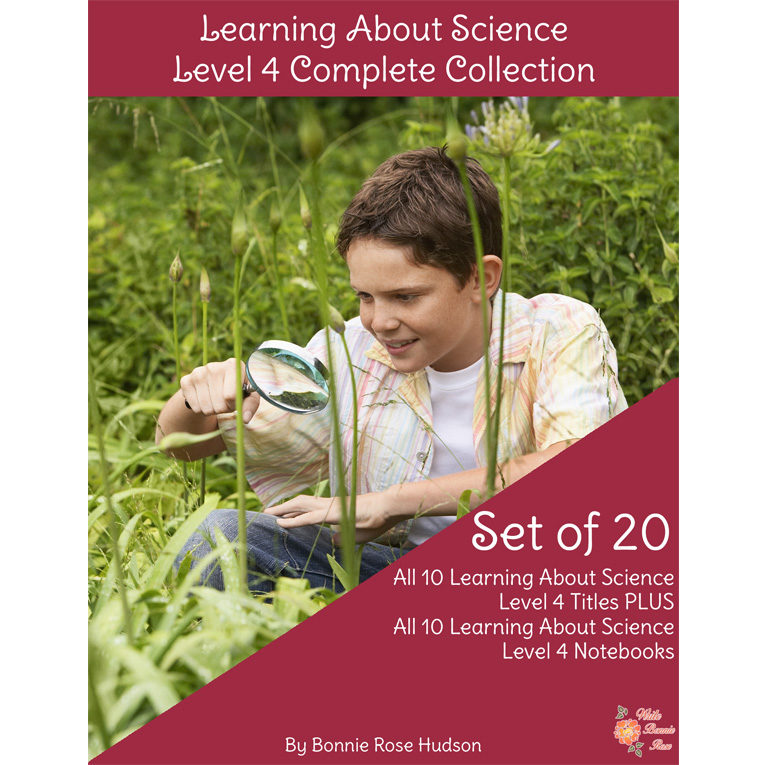
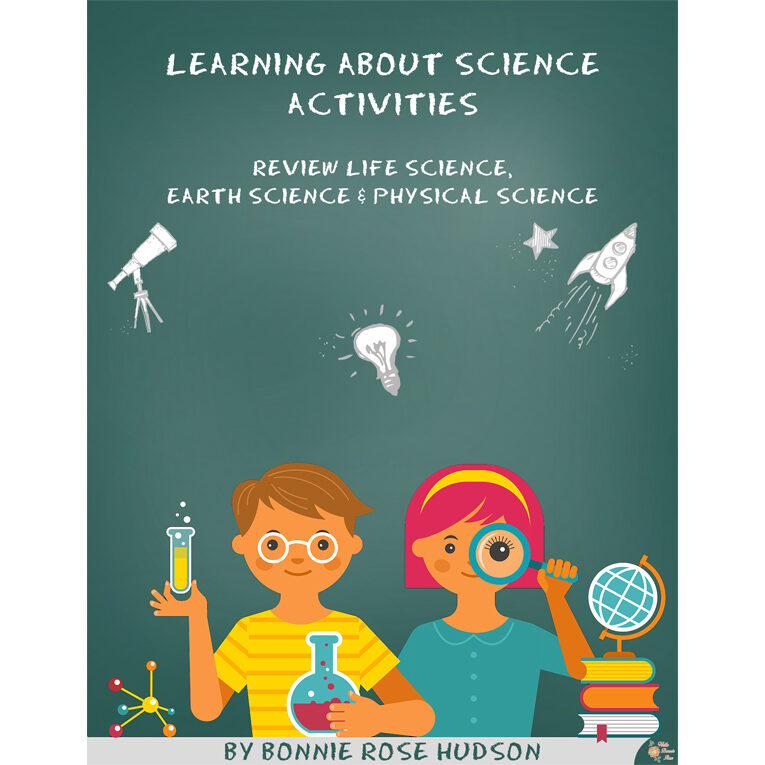
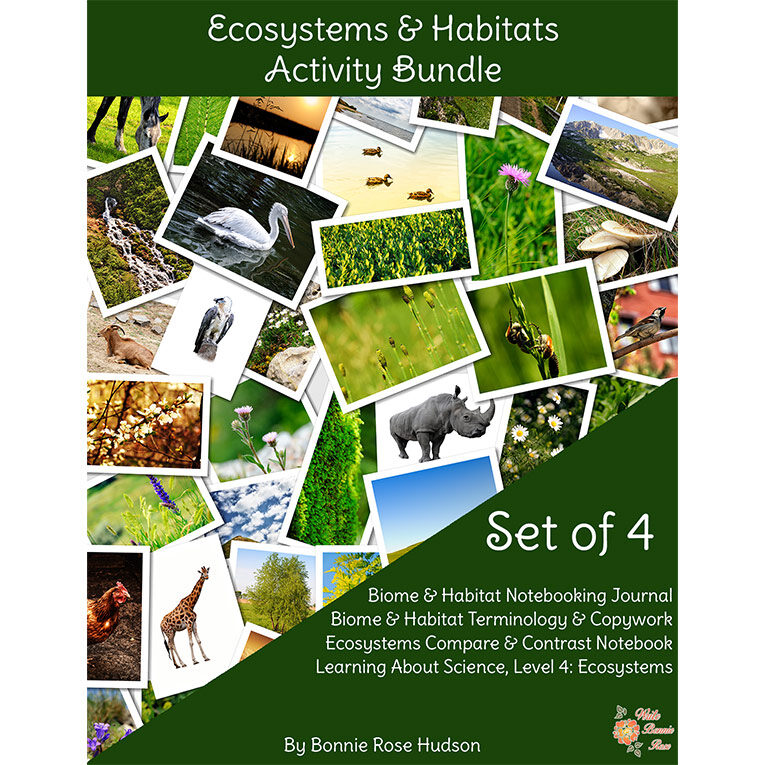
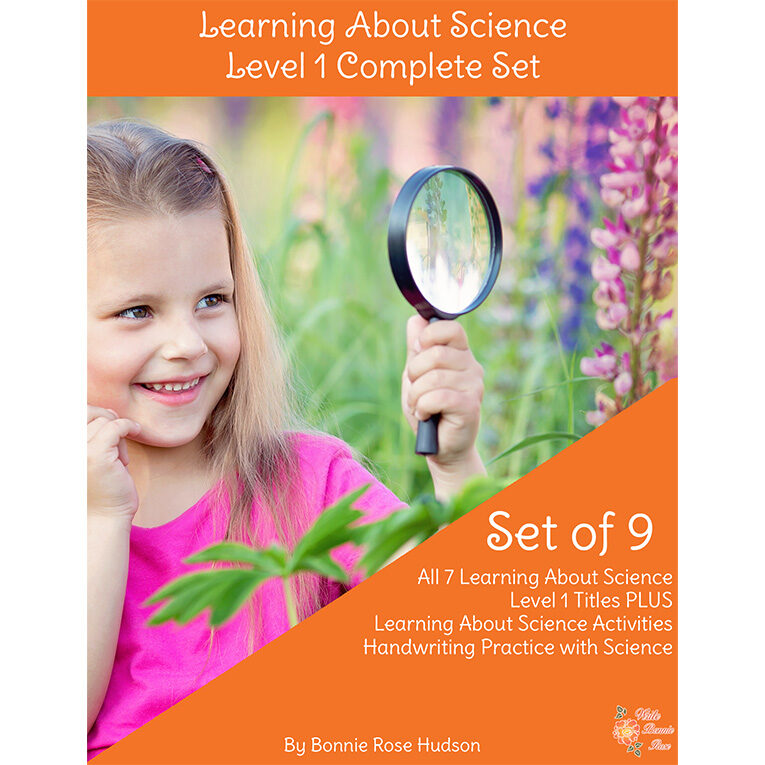
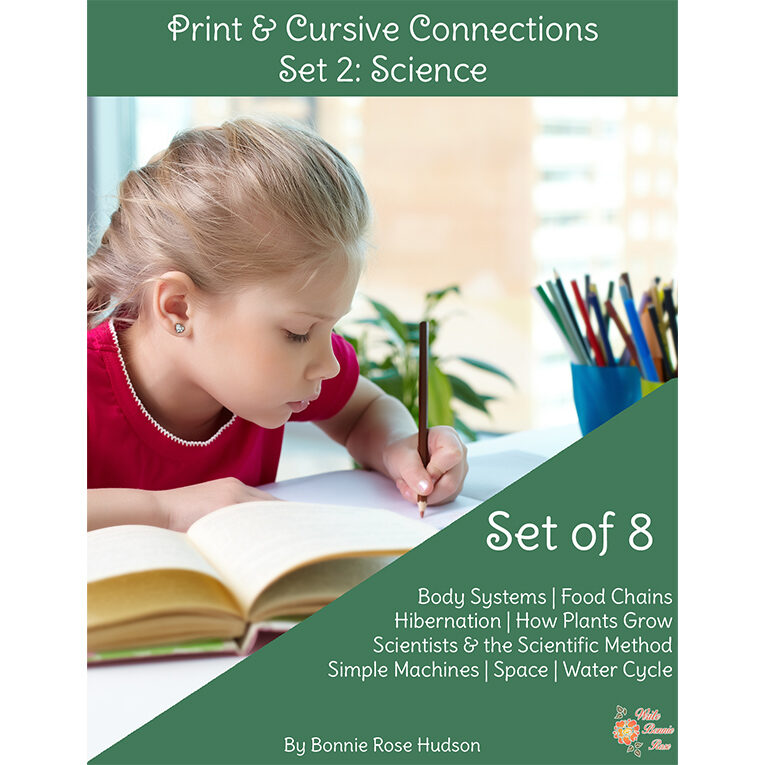
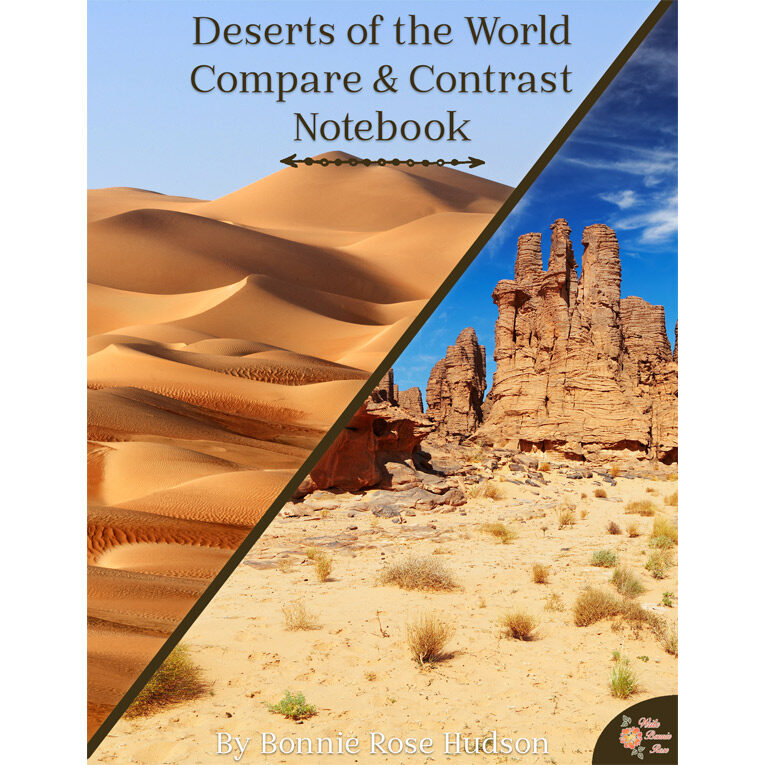
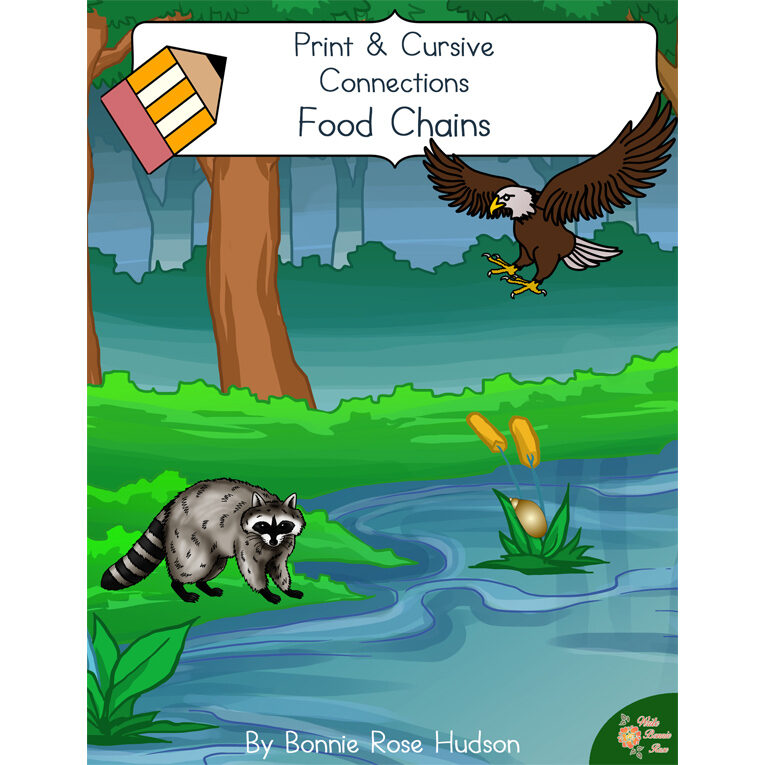
Reviews
There are no reviews yet.